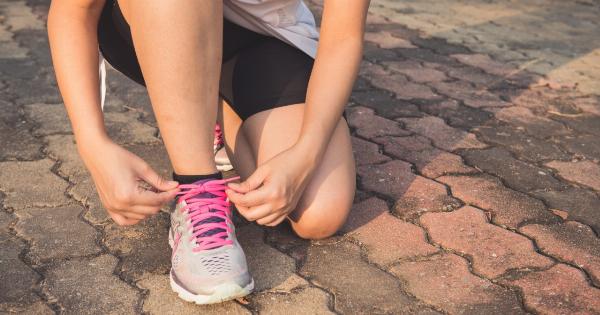Footwear plays a critical role in our daily lives. We rely on our shoes to protect our feet, provide comfort and support, and complete our outfits. However, there are several issues with our footwear that often go unnoticed.
In this article, we will explore some of the common problems with modern shoes and their impact on our feet and overall health.
Poor Fit and Sizing
One of the biggest issues with our footwear is the prevalence of ill-fitting shoes. Many people wear shoes that are either too tight or too loose, leading to discomfort and potential foot problems.
Tight shoes can cause blisters, calluses, and even deformities like bunions, while loose shoes fail to provide adequate support and can lead to foot instability.
Lack of Arch Support
Another problem with modern footwear is the lack of proper arch support. Our feet have natural arches that act as shock absorbers and help distribute body weight evenly.
However, many shoes lack adequate arch support, which can lead to foot pain, plantar fasciitis, and other related issues.
Poor Cushioning
Cushioning is essential for shock absorption and providing comfort during walking or running. Unfortunately, many shoes have inadequate cushioning, especially in the soles.
This can result in increased impact on our joints, leading to pain and potential long-term damage.
Low-Quality Materials
Many footwear brands prioritize cost-cutting over quality, resulting in the use of cheap and low-quality materials. These materials may not provide proper ventilation, causing excessive sweating and increasing the risk of fungal infections.
Moreover, they may lack durability, leading to increased wear and tear, and ultimately, the need for frequent shoe replacements.
Limited Flexibility
Flexibility is crucial for natural foot movement and proper biomechanics. However, many shoes restrict foot flexibility due to their rigid construction and narrow toe boxes.
This can negatively affect our gait and overall foot health, potentially leading to issues like metatarsalgia and hammertoes.
Lack of Versatility
Modern footwear often prioritizes style over versatility. Many fashionable shoes have narrow or pointed toe boxes, high heels, or flat soles, which may not be suitable for all activities or foot types.
Wearing inappropriate footwear for specific tasks, like exercising or standing for long hours, can result in discomfort and foot pain.
Persistent Marketing Trends
Shoe manufacturers heavily influence the footwear market through persistent marketing trends. This often leads to the popularity of certain shoe styles that may not be ideal for foot health.
High-heeled shoes for women are a prime example, as they have become a fashion staple despite their known negative impacts on foot posture and overall well-being.
Inadequate Education
Another major issue is the lack of education surrounding proper footwear choices and foot health. Many people are unaware of the potential health consequences of wearing ill-fitting or inappropriate shoes.
This lack of knowledge perpetuates the widespread use of detrimental footwear and hinders individuals from making informed decisions about their foot health.
Environmental Impact
The footwear industry is often criticized for its negative environmental impact. The production of shoes involves the use of various resources, including water, energy, and raw materials.
Additionally, the disposal of worn-out or non-recyclable shoes contributes to landfills and pollution. Sustainable and eco-friendly footwear options are limited, and the industry needs to focus more on reducing its environmental footprint.
Conclusion
There are several inherent problems with our modern footwear that have significant implications for foot health, overall well-being, and the environment. It is crucial to pay attention to the fit, support, cushioning, and flexibility of our shoes.
Additionally, raising awareness about the importance of proper footwear and encouraging manufacturers to prioritize quality, comfort, and sustainability can lead to a positive change in the industry. By addressing these concerns and making informed choices, we can ensure better foot health and a more sustainable future.































